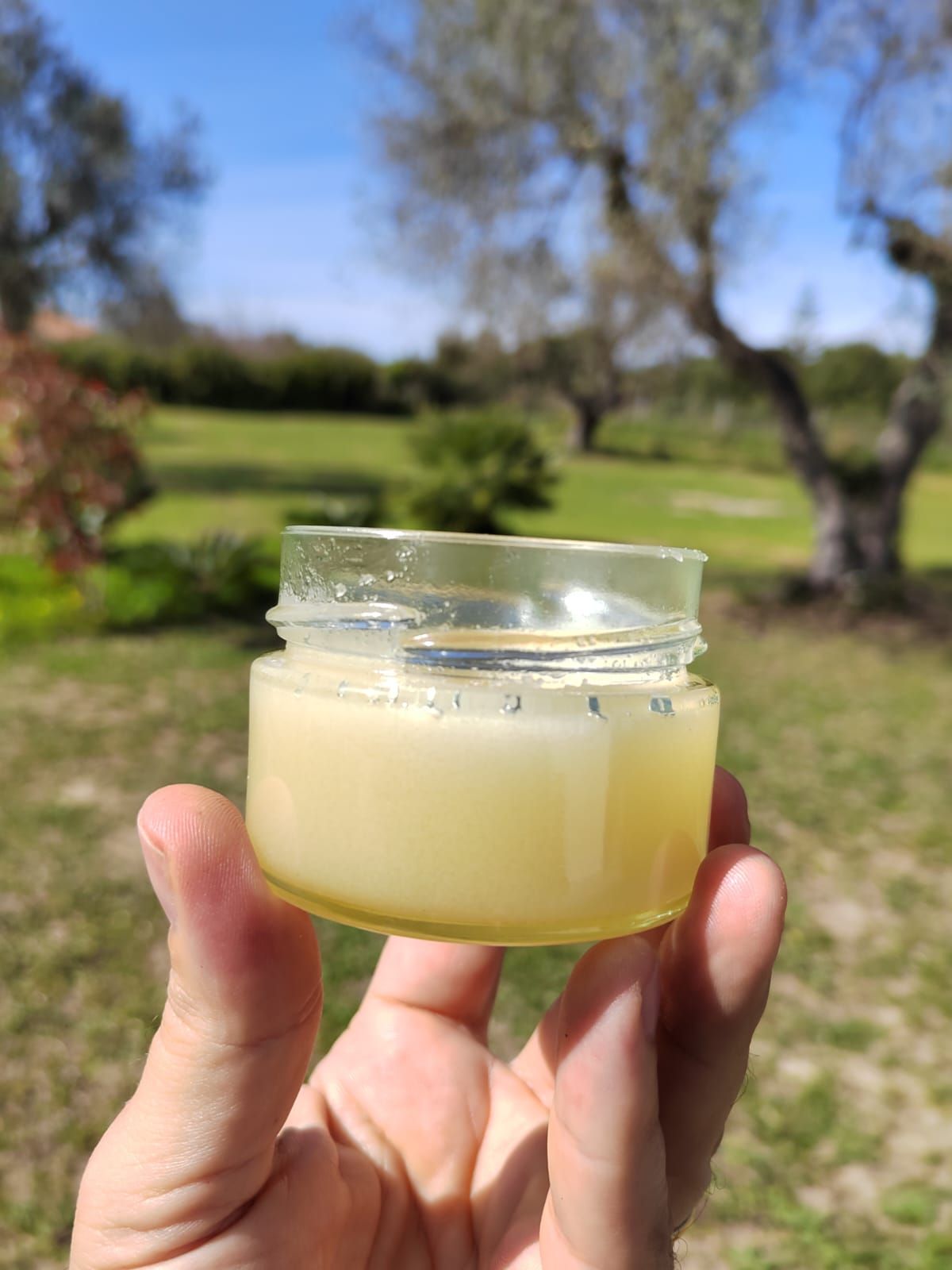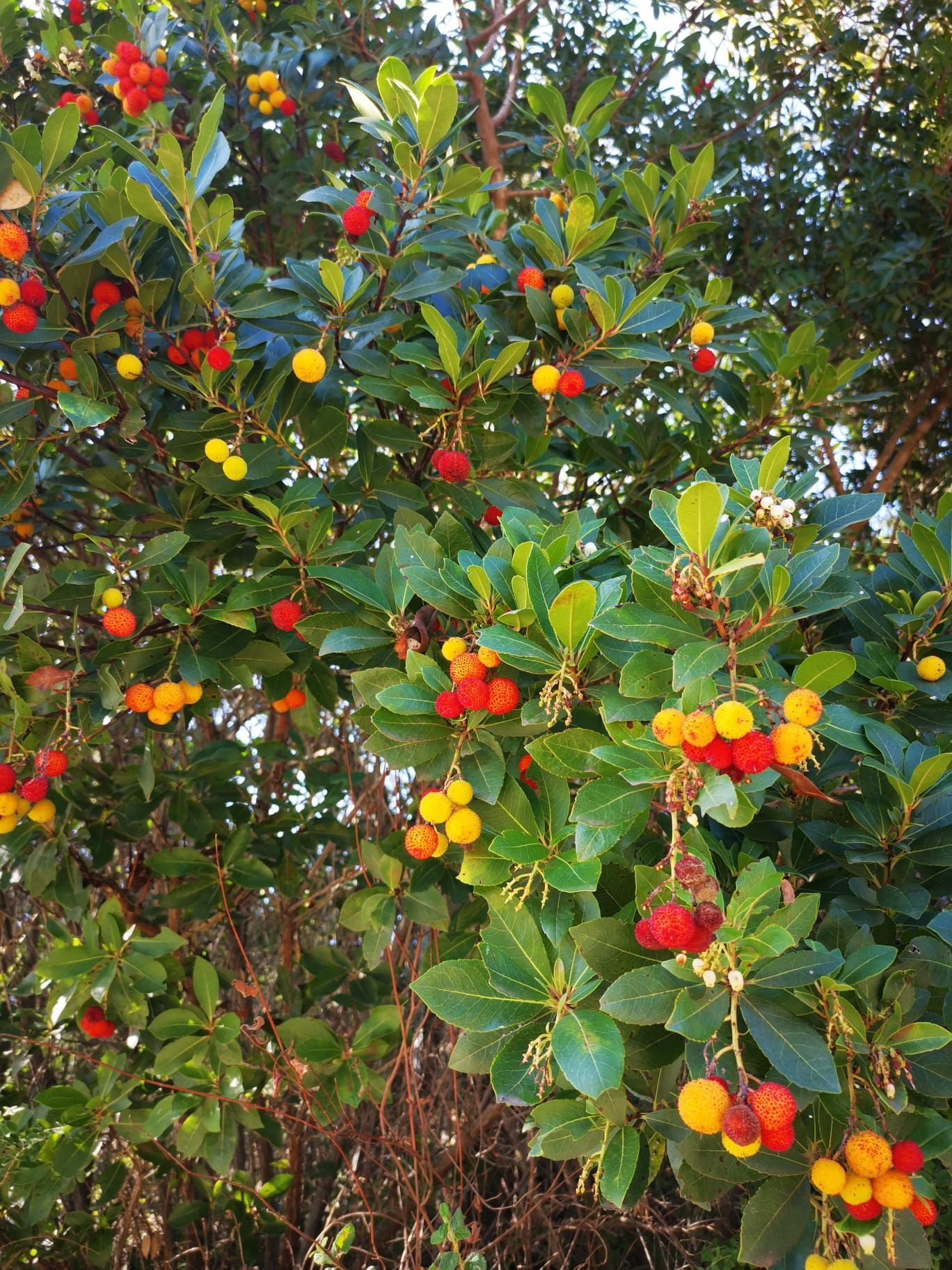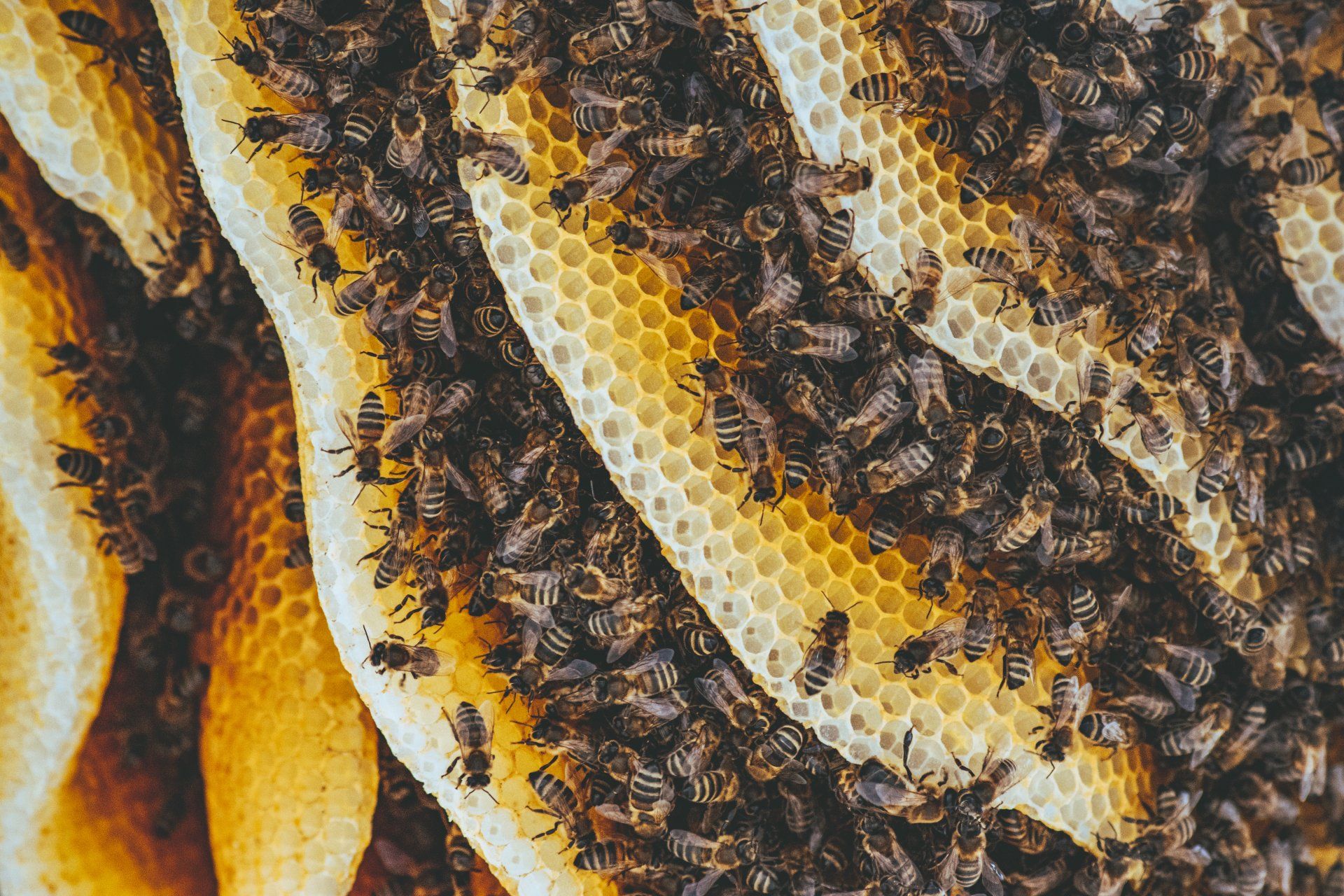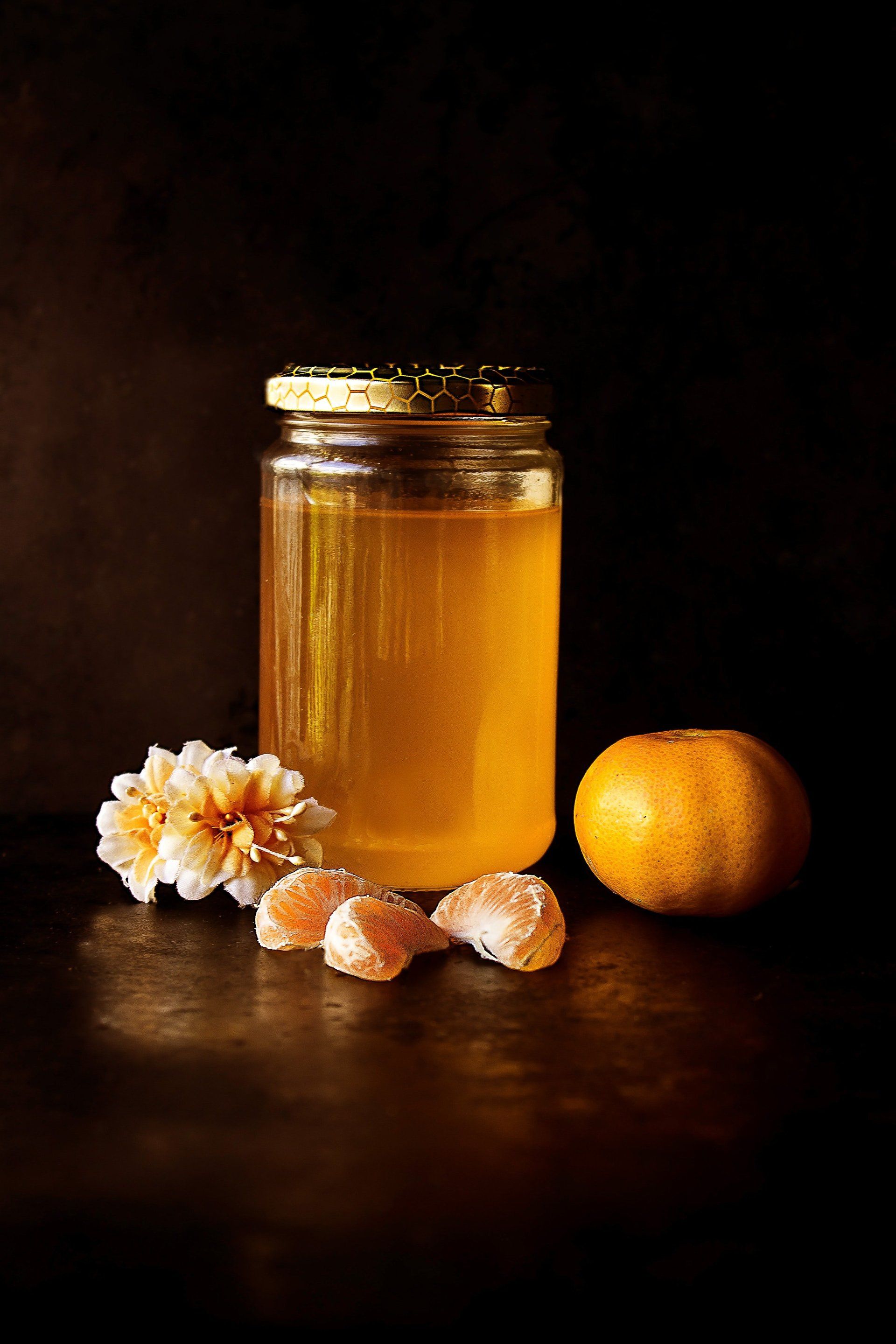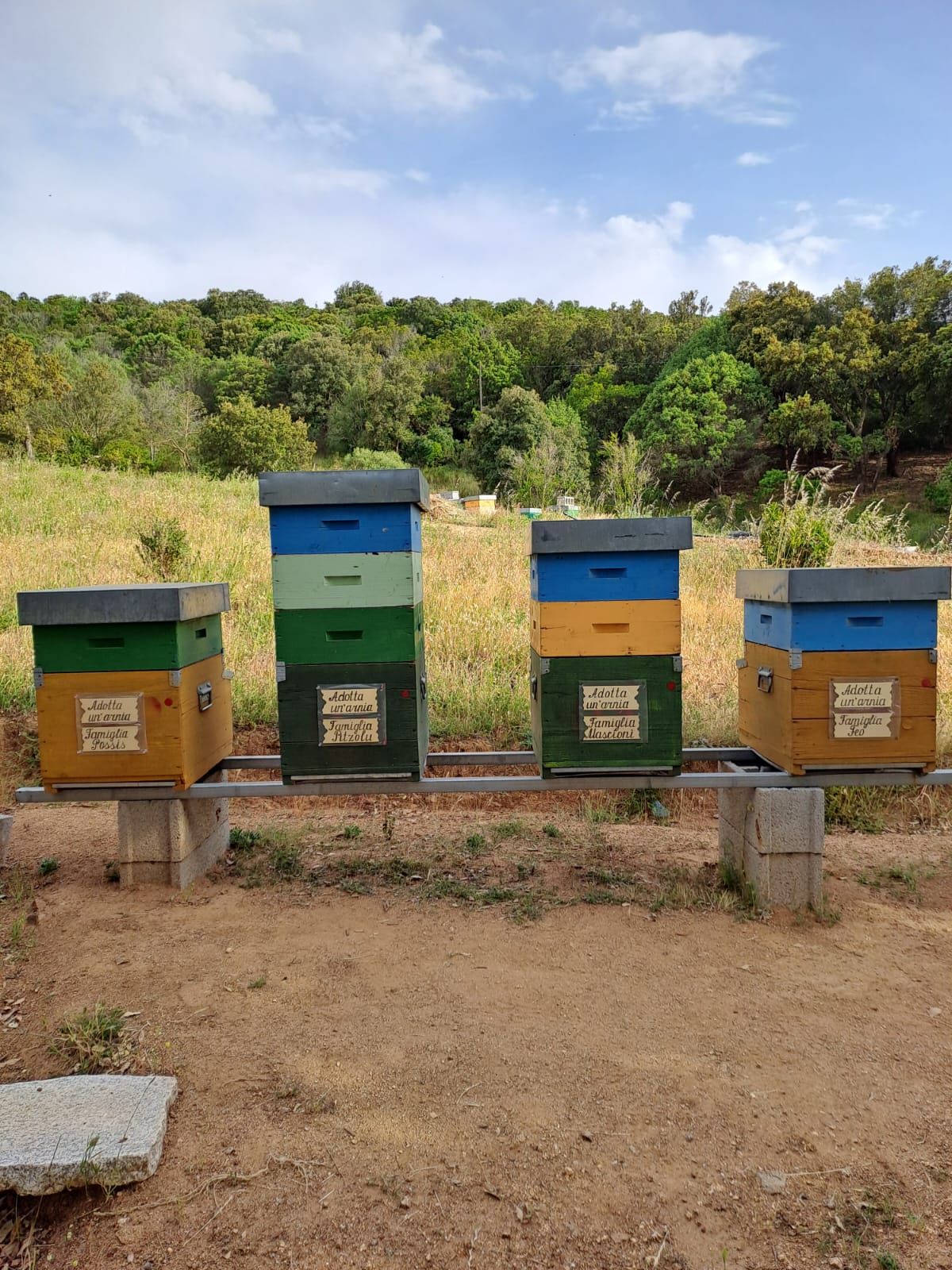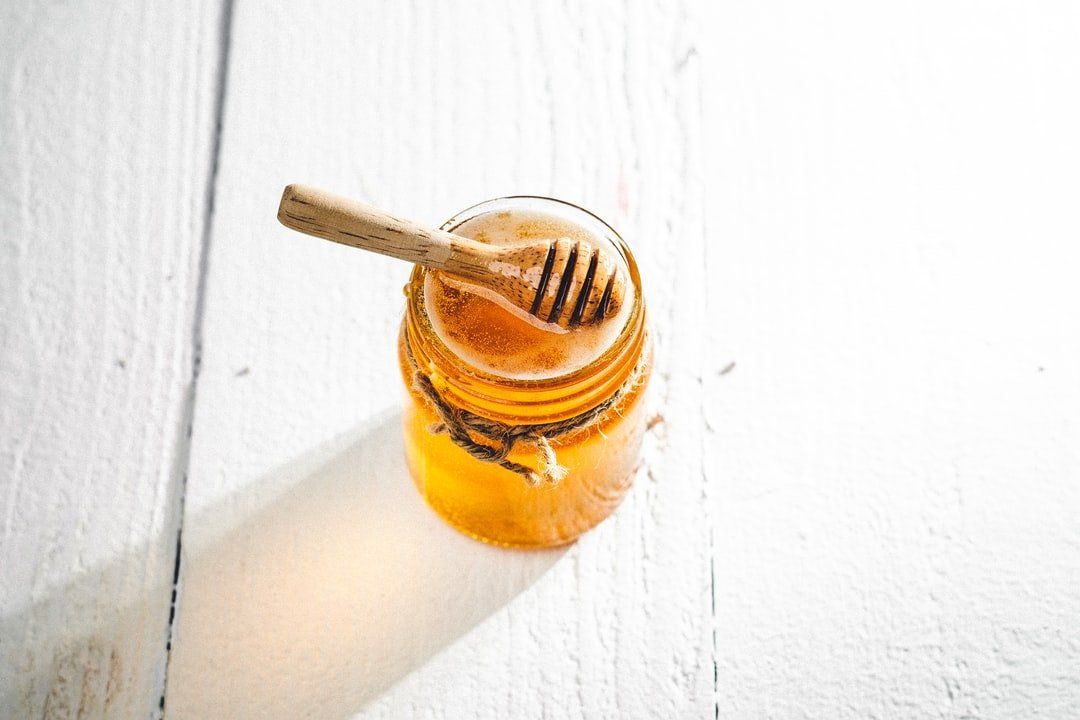10 Different Types of Raw Honey You Should Try
Raw honey comes in a variety of flavors paired with amazing health benefits. Read about some great options you'll be sure to enjoy.
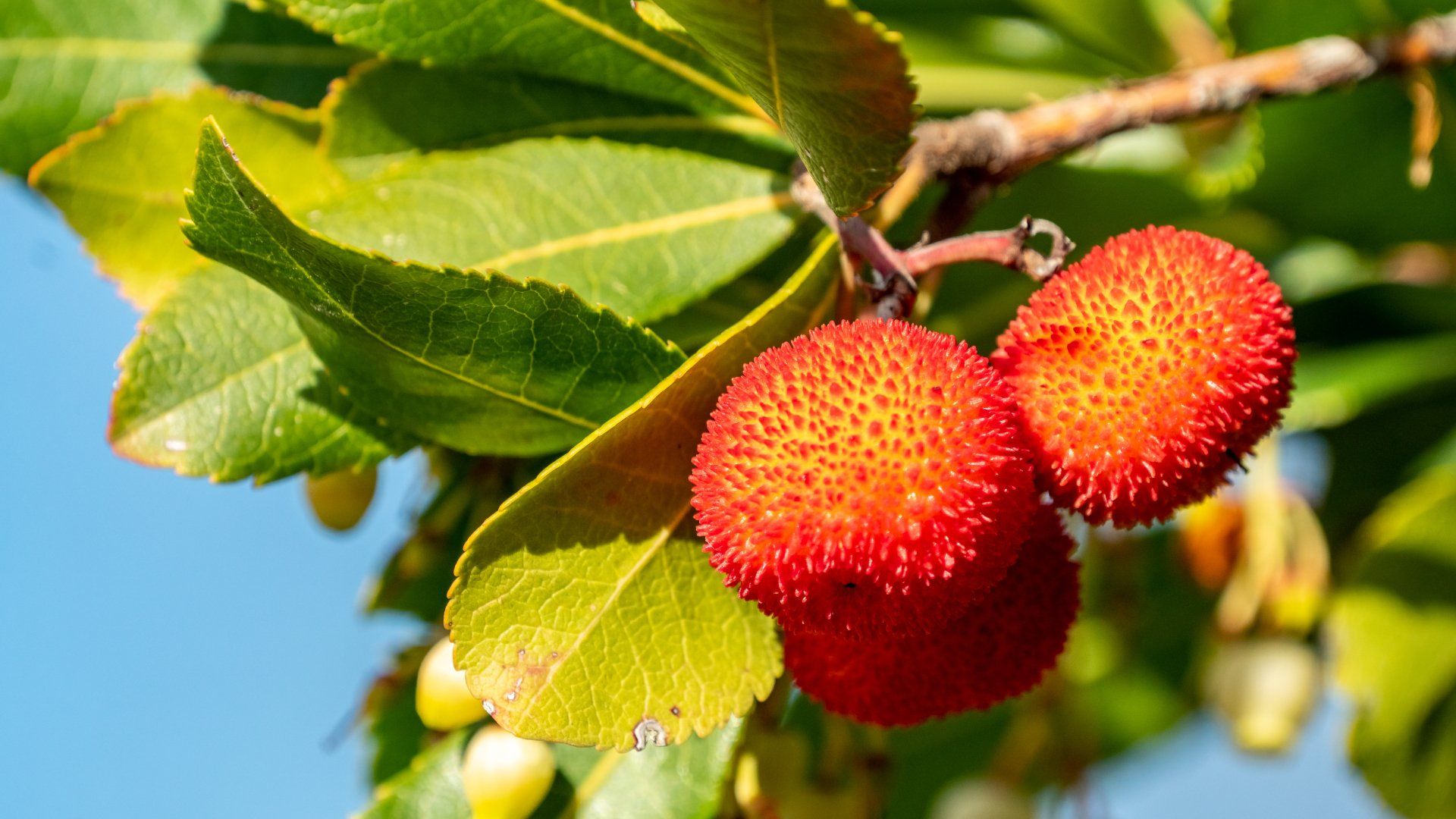
Did you know that honey is the only natural edible product consisting of all substances needed to sustain human life? As a natural sweetener, honey is emerging to be a great alternative to refined sugar. You can incorporate it into different homemade recipes to enjoy its health benefits.
But finding the right type of raw honey can be quite challenging for many. The consumption growth of this sweetener led to numerous brands producing and marketing different varieties.
Depending on the processing level, this natural sweetener is divided into pasteurized and raw forms. So, what is raw honey? This is honey that comes straight from the beehive, packaged without adding any heat or additives.
Nectar sources help distinguish various types of raw honey. Let's look at what each variety has to offer.
1. Manuka Honey
Manuka honey comes from beehives that feed on Manuka bush flowers (native to New Zealand). In herbal medicine, it helps treat wound infections due to its antibacterial properties.
Besides its natural healing properties, Manuka honey comes packed with vitamins and amino acids. The vitamins include B1, B2, B3, B5, and B6, while the amino acids include tyrosine, arginine, proline, and lysine. It's also rich in minerals like sodium, zinc, potassium, copper, and calcium.
Other medicinal uses for Manuka honey include treating burns, dermatitis, and eczema. It’s also a remedy for digestive tract issues, sore throat, or coughs. However, there’s limited research on whether it treats these conditions.
2. Eucalyptus Honey
Eucalyptus honey is an uni-floral honey sourced from eucalyptus flowers. It's also a powerful anti-inflammatory agent and antioxidant.
This is due to its sizable concentration of ellagic acid, myricetin, quercetin, and luteolin. It also contains minerals like zinc, iron, potassium, and sodium needed to sustain human life.
Eucalyptus honey is made by honeybees that pollinate the flowers of the eucalyptus tree. It features a medium-dark color as well as a red tinge. You can consume it unheated, unfiltered, or raw to enjoy its sweet taste.
South Africa and Australia are the leading global sources of eucalyptus honey. The honey can also be produced from many varieties of the eucalyptus tree across the globe.
Most of the eucalyptus honey consumed in the U.S. comes from California. It comes from over 500 subspecies of eucalyptus trees grown in the state.
You can spread eucalyptus honey on bread or add it to a hot beverage. Its raw form can also serve as a dietary supplement, topical antiseptic, or topical treatment.
3. Alfalfa Honey
This comes from the alfalfa flowers and is known for its amazing prebiotic effects. It also helps improve digestion and promote intestinal bacteria. Other medicinal uses of alfalfa honey include treating fever, diabetes, and anemia.
You combine alfalfa honey with yogurt, cheese, cookies, or warm waffles. It's also an excellent choice for baking and cooking and a substitute for sugar. Due to its mild sweetness, alfalfa honey is a perfect addition to marinades, salad dressings, and vinaigrette.
Alfalfa honey features a clear but pale amber color. In its unfiltered and unprocessed form, it boasts a floral aroma, beeswax notes, and spicy flavor.
The honey tends to solidify faster and form crystals at room temperature due to its high glucose levels. As it solidifies, it can turn slightly opaque and beige. However, its taste and quality will remain the same when this happens.
4. Acacia Honey
This is produced by honey bees feeding on Acacia flowers. Besides having a pale, liquid glass-like color, it is rich in essential amino and fatty acids. It also contains flavonoids and vitamins A, C, and E.
It can help heal wounds and treat eye injuries when used orally and topically. Acacia honey can promote liver and kidney health. It also boasts antioxidant, DNA protective, anticancer and anti-inflammatory properties.
In the U.S., this honey is marketed and sold as locust or American acacia honey. Expect to find it sold in Europe as acacia honey.
Either way, it’s lighter in color and features a sweet, delicate taste and floral aroma. It also crystallizes slowly and can remain in liquid form longer than traditional honey. This factor makes acacia honey more costly than other traditional types.
5. Clover Honey
Clover honey is a thick, sweet-tasting syrup with great antimicrobial properties. It is sourced from the nectar of clover plants, which are known for their weather hardiness. The honey is light in color and milder in taste, making it one of the popular raw organic honey choices.
Thanks to its complex flavor, clover honey is a great addition to desserts or beverages like tea and coffee. It's also a healthier alternative to processed sugar.
In herbal medicine, clover honey helps treat coughs and sore throats. You can also use it to dress wounds such as scratches and burns. This is because it isn't resistant to honey.
Clover honey comes packed with powerful antioxidants. And as a nutritional supplement, it can help reduce your risk of diseases. It is also rich in anti-inflammatory flavonol, which helps improve lung and heart health.
6. Buckwheat Honey
Buckwheat honey is a type of organic raw honey with plenty of micro and macronutrients as well as antioxidants. These nutrients can help protect you from diseases.
This highly nutritious honey is derived from the nectar of buckwheat flowers. While it might not be as sweet-tasting as traditional honey, it's packed with vitamins and healthier. The color of buckwheat honey ranges from dark purple to black.
You can use this sweet-tasting syrup in different cooking or baking applications. If you take it as a health supplement, you may mix it in a beverage or meal. It also pairs well with baked goods, smoothies, waffles, pancakes, and oatmeal.
7. Sage Honey
Sage honey is a thicker and dark-colored variety of raw organic honey. It boasts a sweet taste, appealing aroma, and powerful antioxidant properties. You can also use it to treat digestive tract issues or as an expectorant and antibacterial.
Since it crystallizes slowly and has a low moisture content, sage honey is a highly prized honey variety. It's derived from different species of the sage plant. Popular varieties of this plant include Purple Sage, White Sage, and Black Button Sage.
The sage plant used to make the honey largely determines its taste, aroma, and color profile. White and Black Button Sage (mainly from California) are lighter in color and feature a greenish-yellow tinge or pure golden glow. Purple Sage honey is darker in color and is common in Texas.
8. Rosemary Honey
Rosemary honey is a fragrant type of honey known for its physicochemical properties. It’s thus used in cosmetics and emulsions to lock in moisture. As a neutral moisturizing agent, it’s highly therapeutic to the skin.
Most of the rosemary honey consumed in the U.S. comes from Mediterranean countries. This honey is associated with the Rosemary herb and the Mediterranean diet. In this context, it is a great addition to honey-glazed recipes, infusions, and yogurts.
Rosemary honey features a light amber color and thick texture. Its consistency and appearance depend on the accompanying pollen. It also crystallizes to form thin or thick crystals.
Its medicinal uses include fighting inflammation, improving blood circulation, and fighting indigestion. You can also pair it with chamomile tea to improve digestion. Other benefits of raw honey include accelerated wound healing and remedy for respiratory issues.
9. Lavender Honey
Lavender honey is a sweet-tasting syrup derived from the flowers of the lavender plant. It is full of essential enzymes, flavonoids, and amino acids. These compounds help treat fungal infections such as foot ulcers.
From over the 39 Lavender plant species, only a few species are used to make this honey. Lavender honey can be produced from Lavandin, Spike Lavender, or True Lavender. Its characteristics depend on the concentration of each lavender species.
Lavender honey is known for its delicate floral scent and well-balanced, pleasant aroma. It also boasts slightly sour notes with a touch of light amber.
You can have it with feta cheese, semi-soft cheeses, or blue cheeses. Lavender honey is also a great ingredient for cupcakes, shortbread cookies, and posset.
10. Jamun Honey
Jamun honey is a dark and slightly bitter honey with great medicinal benefits. It helps promote wound healing and prevent bacteria. As a topical agent, it can treat Fuournkier gangrene.
Thanks to its strong aroma, Jamun honey can be used in aromatherapy. It is usually sourced from Jamun trees, which boast fragrant white flowers. Pollen and nectar collected from these clustered flowers are used to make the honey.
As a form of alternative medicine, it can help boost fertility and libido in men. It can also help relieve anxiety, stress, and respiratory issues. Other health benefits include blood purification and diabetes management.
Looking for the Best Raw Honey?
Raw honey can take many forms, as discussed in this guide, each with numerous health benefits, flavors, and aromas. You can also use them in different cooking or baking applications to improve the taste of your meals. With this information, you can shop for your favorite raw honey.
Check out Asphodel for a wide selection of the best organic honey. Our products are free of pesticides and artificial flavors. Buy them from our online store today to enjoy what they have to offer.



